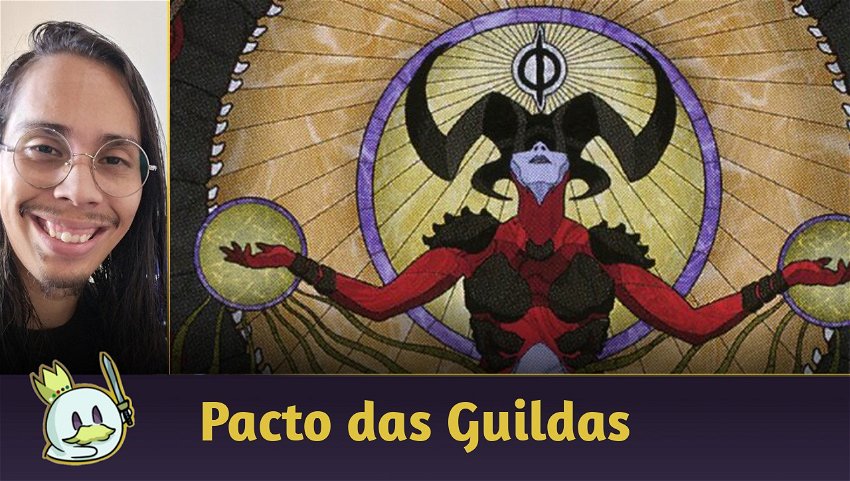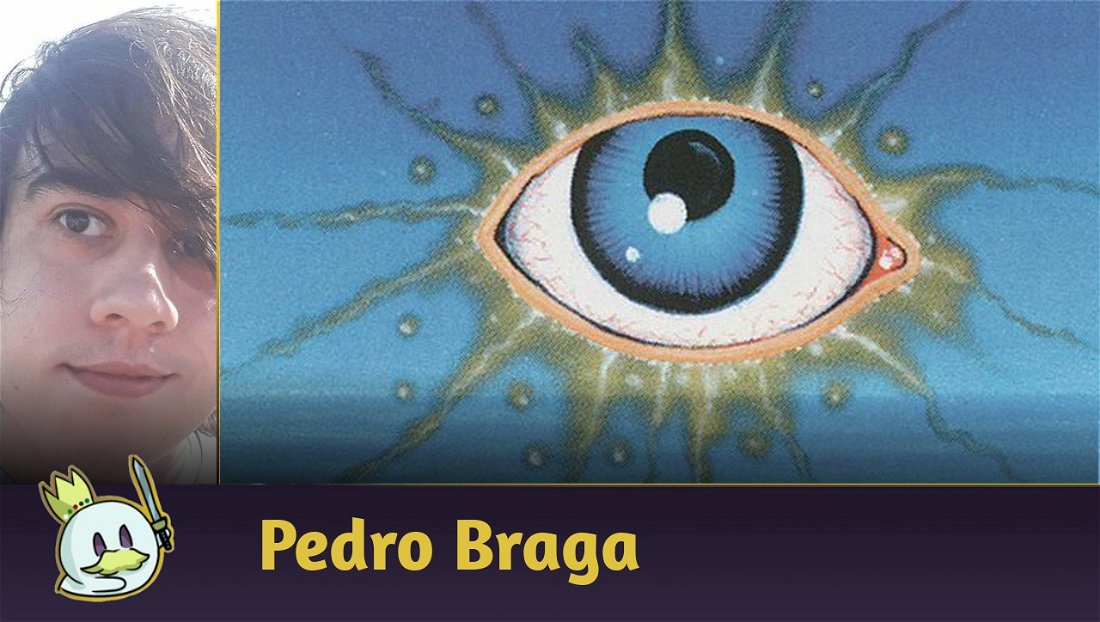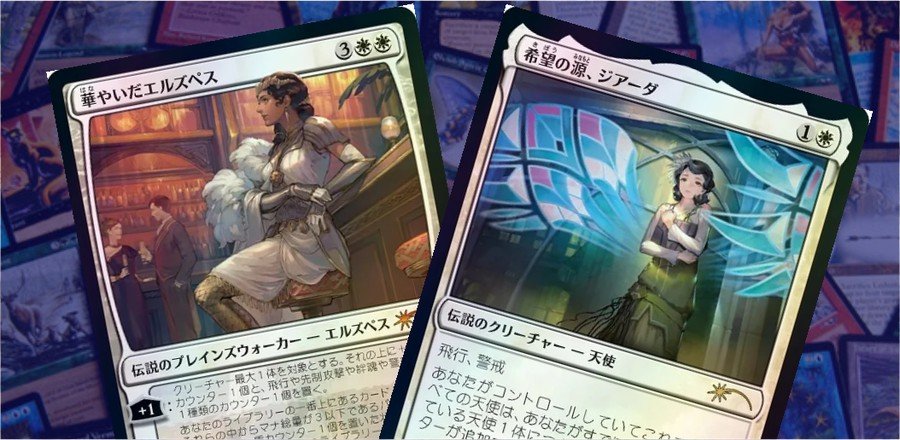About the Deck
Grixis has become a mainstay of Standard, being the most widely played in the competitive scene. The archetype has access to some of the best cards currently by merging card advantage, disruptive plays, and versatility in a single deck.
Below is the list that I have been playing on Magic Arena Ranked
Decklist
Creatures
The deck has three different creatures and each one has an important role in the list.

Bloodtithe Harvester is the best drop two of the format, with four mandatory copies on the list. Versatile and efficient, the opponent will always have to worry about trading with this creature and/or the possibility of it killing one of their threats.
The blood token helps to recycle that dead land in the hand, in addition to feeding its activated ability.

Following the quality standard, we have one more vampire on the list. Corpse Appraiser is a creature that will generate value in practically all situations and has a body as impactful as Bloodtithe, being able to pressure the opponent on an empty board. Another creature that I wouldn't run less than four copies.

The Aggro's worst enemy.
Sheoldred has the ability to finish the game without even attacking, while buying time and acting as an absurd blocker. Some lists are using it on the sideboard, but the format is full of decks like Soldiers and Mono Red, making it essential to have at least two copies in the main deck.
Noncreature Permanents

Now entering the deck's non-creature permanents, this two-mana artifact is present in virtually every deck in the format, which is why Abrade is such a staple in the format.
Functioning as one of our main draw engines and serving as an extra body in the most advanced turns, this card is always welcome when we need a gas in the game and I believe that two copies is the ideal number, with an extra copy on the sideboard.

One of the most powerful cards of recent times, some say that Fable is to Standard/Pioneer what Ragavan, Nimble Pilferer is to Modern, and I must agree that the resemblance is striking.
It is possible to say that this card, along with Bankbuster, are the main Standard cards today. Resolving a Fable already puts enormous pressure on the opponent, as it is a card that generates an advantage in the early turns and later, like Kiki-Jiki, can create very dangerous interactions with our creatures.
Removals

The deck also has an excellent removal package. Go For the Throat, Abrade, and Cut Down can cover all types of point threats, from small to large, while Brotherhood's End is both able to deal with multiple creatures and taking planeswalkers and artifacts.

We also have great support cards, which will help to control the board, remove resources from the opponent or protect your creatures.
Some lists have Make Disappear instead of Duress, but the two mana spell can end up dead in the hand in many moments since the opponent can choose to pay the mana and the deck doesn't have that many creatures to sacrifice, in addition to which Duress fits the curve more easily.
Gix's Command is a card that I've been testing, and I felt that it fits incredibly in the deck, is versatile and can take the opponent off-guard.
Negate and Dissipate are great counterspells, although the second one doesn't play as well as the first one.

Invoke Despair has an exceptional place in the deck, as it can define the game. Removes multiple opposing permanents, drains life, and draws cards, all in a single turn.
Maybe you can play with only three or even two copies, making room for more creatures or some other card that you feel the need to have more, but this is a mandatory card in the deck.
Mulligan and Tips
An ideal starting hand should have at least three lands and other pieces. The following example helps to understand what we are looking for:

Avoid hands that are too slow or have a single land. Grixis needs to have answers early, especially against Aggro decks. Always go the safe way to secure the game.
Beware of greedy hands. And finally, try to prioritize a manabase with maximum black mana, so you don't end up with a dead Invoke Despair in your hand.
Don't just stick to the Sheoldred plan. Despite being a powerful card, it dies quite easily. Corpse Appraiser is almost as important as Fable of the Mirror-Breaker, avoid casting it without being able to use its ability to draw a card and if you need to, exile your own creatures.
Takenuma, Abandoned Mire and Otawara, Soaring City are present in the deck, and you should try to save them for later turns if possible. If you have a cycling land in your hand and don't need lands, cycle it: card advantage is always good.
Sideboard Guide
Now let's talk about the Sideboard:

Cut Down and Brotherhood's End will be added to complement the removal package against Aggro.

Reckoner Bankbuster, Duress, Negate, and Disdainful Stroke are great cards against Midrange and Control.
Siphon Insight, on the other hand, is a card in the mirror and in other very grind matchups, being able to undermine the opponent's resources while giving us access to their cards.

Sheoldred's Edict can help deal with decks that run too many planeswalkers, being a very versatile and interesting removal for the deck. Razorlash is good against midranges in place of Sheoldred, and can come back with its Unearth ability.
Vs. Grixis Midrange
The Mirror generates very long and disputed matches, relying on luck, but also on the player's skill. Here it is important to know the list and how to use it. Remember that Grixis has the power to handle everything a mirror can offer and more.
Play it safe and wait for your opponent to miss. Once the board is stabilized and under control, a Sheoldred is enough to end the game.
IN

OUT

Vs. Atraxa Reanimator
Decks using Atraxa and the Reanimator mechanic are very popular in the format. There are several versions: Boros, Grixis, Rakdos, but they all aim to reanimate Atraxa, Grand Unifier or some other nonsensical bomb.
Your stance here is to prevent that from happening. In game 1, it's important to counter the opponent's reanimator spells and exile their creatures from the graveyard with Corpse Appraiser.
Post-side, we have access to more spells and Unlicensed Hearse, which will help clean up the opponent's graveyard. The game posture remains the same. Siphon Insight can be really fun in this match, even more so when it manages to get an Atraxa on our side.
IN

OUT

Vs. Mono White Midrange
A very difficult and disputed matchup. Mono white has good interactions and plays, plus the Wanderers, but we have the best colors in the format.
Be careful with artifact and enchantment removals and try to preserve Bankbuster as it works better than Fable in this game.
IN

OUT

Vs. Mono Red Aggro
I consider it a favorable matchup, but one that cannot be underestimated. Here we must worry about having a starting hand capable of interacting with the opponent's threats and trying to gain time until we can cast Sheoldred.
Cards like Gix's Command and Brotherhood's End are critical here, and Cut Down also does an impressive job.
IN

OUT

Vs. Selesnya Toxic
Another matchup that requires a very interactive starting hand. The initial turns are decisive, as the opponent doesn't need to take you to zero life to win the game.
Here the removals will shine, especially the sweepers, but be careful to remove Skrelv, Defector Mite first. As for Venerated Rotpriest you will prefer to counter it or kill it with a sweeper.
IN

OUT

Conclusion
Grixis Midrange is an incredible deck full of versatility, being able to interact with all decks in the format without too many problems, and will remain at the top of Standard for some time. I wonder how much March of the Machine will affect the archetype and its existence, but until then, the deck will remain my go-to archetype in the format.
Well, another article coming to an end. Thank you for reading and if you have any questions and/or suggestions, please send them to us.















— Commenti 0
, Reazioni 1
Diventa il primo a commentare